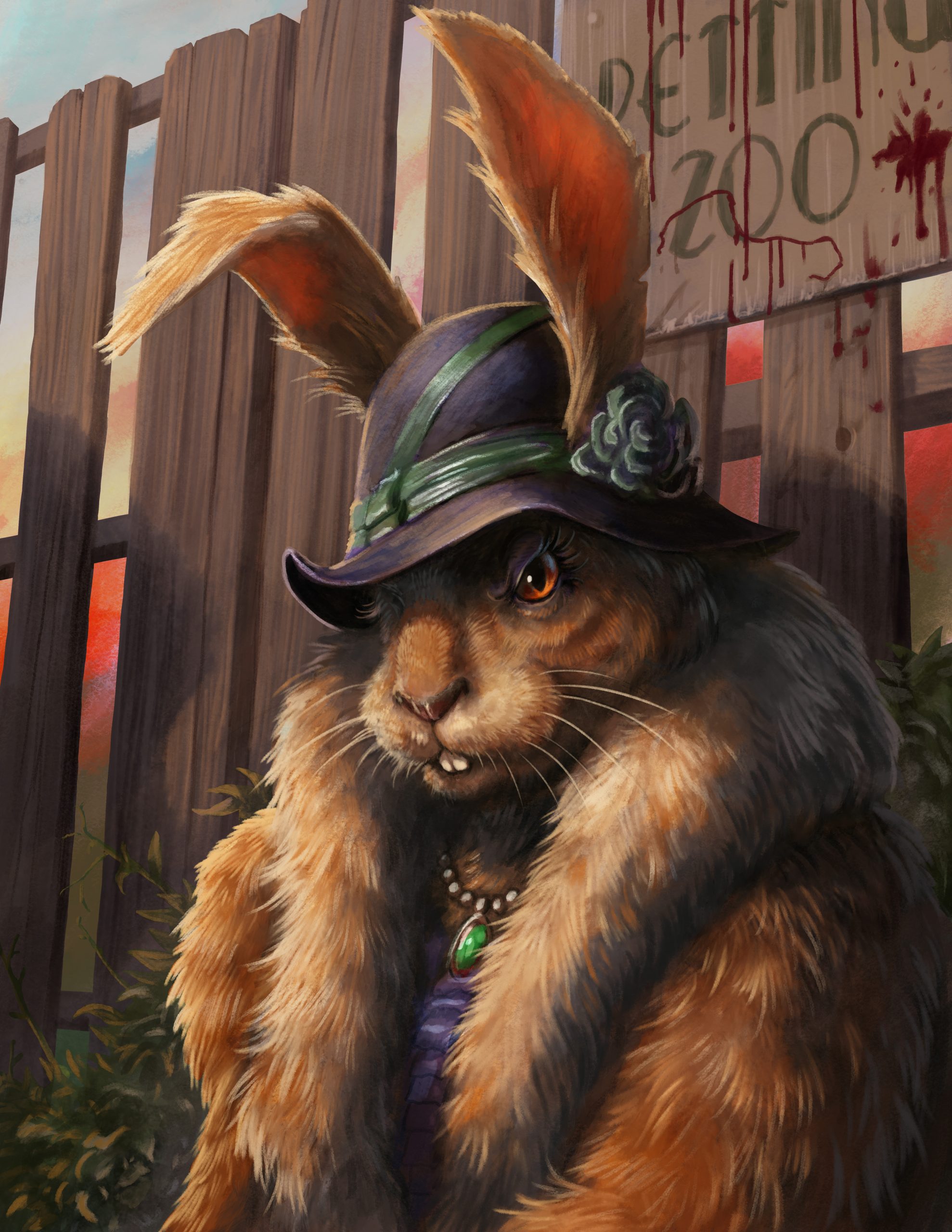Out of the Box D&D Encounters, Series 2, #32 “Don’t Feed the…Flowers?”
Out of the Box introduction
The range of plant-based foes in fifth edition Dungeons & Dragons is small. Treants, awakened plants, blights, shambling mounds…and very little else. There should be more. A lot more. [NERDITOR’S NOTE: 33 in official sources. Thanks D&D Beyond!]
Carnivorous plants exist in our own world and come in a wide variety of colours and use many techniques to grab their prey. Ambulatory plants are a staple of fantasy (including those already listed), but are almost always magical or otherworldly in nature. If there existed actual mobile, carnivorous plants of such a size as to be a real threat, then they would be a true terror.
Out of the Box D&D Encounters, series 2, #31 – “Beardtoberfest”
Out of the Box introduction
Out of the Box D&D Encounters, Series 2, #30 – “Alt-itis”
Out of the Box introduction
Out of the Box D&D Encounters, Series 2, #29 – “Drinking Problem”
Out of the Box introduction
Out of the Box D&D Encounters, Series 2, #28 – “Crackpot”
Out of the Box introduction
Out of the Box D&D Encounters, Series 2, #27 – “Water Slide”
Out of the Box introduction
Out of the Box D&D Encounters, Series 2, #26 – “Resident Echo”
Out of the Box introduction
Out of the Box D&D Encounters, Series 2, #25 – “The Nursery”
Out of the Box introduction
Out of the Box D&D Encounters, Series 2, #24 – “Perchance to Dream”
Out of the Box introduction
Out of the Box D&D Encounters, Series 2, #23, “The Librarian”
Out of the Box introduction
Out of the Box D&D Encounters, Series 2, #22 – “A Cry for Help”
Out of the Box introduction
Out of the Box D&D Encounters, Series 2, #21 – “The Solution”
Out of the Box Introduction
Out of the Box D&D Encounters, Series 2, #20 – “Spear of the Gods”
Out of the Box Introduction
Out of the Box D&D Encounters, Series 2, #19 – “Genie in a…”
Out of the Box introduction
Out of the Box D&D Encounters, Series 2, #18 – “Pull!”
Out of the Box introduction

A pair of hill giants can make a very bad day for a village in a D&D game. [Art by Wayne Reynolds]



















